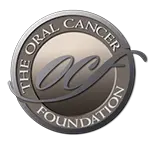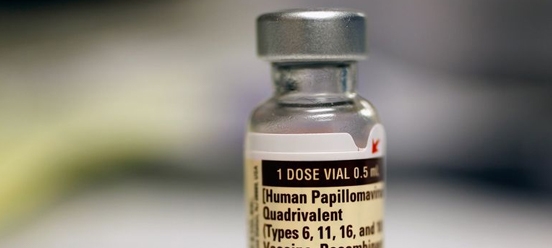The human papilloma virus (HPV) is a double-stranded DNA virus that infects the epithelial cells of skin and mucosa. The moist epithelial surfaces (squamous cells) include all areas covered by skin and/or mucosa such as the mouth interior, throat, tongue, tonsils, vagina, cervix, vulva, penis (the urethra – the opening), and anus. Transmission of the virus occurs when these areas come into contact with a virus, allowing it to transfer between epithelial cells. While it is established now that sexual contacts, both conventional and oral, are means of transferring the HPV virus through direct skin to skin contact, it is still poorly understood what other transfer pathways may exist. It is highly unlikely that the virus can live for long on inanimate objects outside of a cell.
The leading cause of oropharyngeal cancer is from HPV, a very small number of oral cavity cancers also occur from HPV. The HPV family contains almost 200 strains, and it is one of the most common viruses in the United States. It is important to understand that of all these, only nine are associated with cancers. Of the nine that are high risk, only one is strongly associated with oropharyngeal cancer, HPV16. A handful or more are associated with benign growths (warts) and the vast majority we have no evidence, other than they exist, that they harm us in any way.
The CDC says that up to 80% of Americans will have HPV infections in their lifetime and 99% will clear these infections without consequence, or even knowing that they had the infection, as it produces no symptoms they will notice. The body’s immune system is usually able to get rid of an HPV infection and many infections come and go without causing any problems, or an individual even knowing they were infected. The information provided is not meant to scare you. Oropharyngeal cancers while increasing rapidly in incidence, are still a very small risk in our world. It is meant to educate you about the risk factors and signs and symptoms of oral and oropharyngeal cancer. An informed individual will be able to self-discover something which is going wrong and bring it to the attention of a medical or dental professional for the earliest possible diagnosis of a problem.
Early discovery has many positive impacts when you consider cancer; potentially longer life spans, and reduction of treatment related morbidity, which significantly improves post cancer treatment quality of life.






